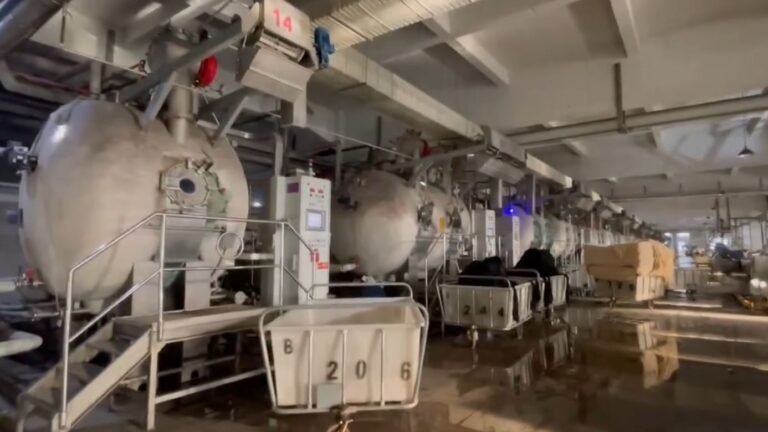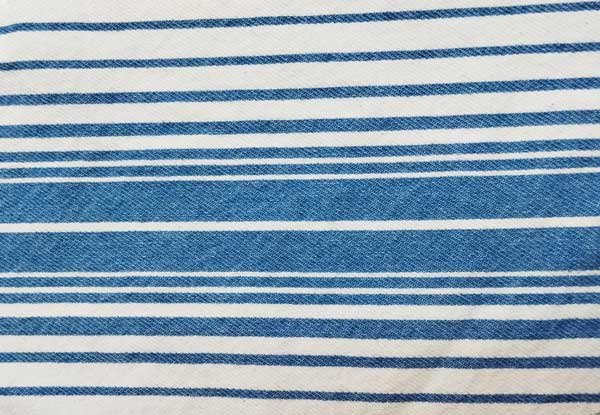Maintenance of Dyeing Machinery
The following features must be provided to run up a dyeing machine: It should provide sufficient movement for the liquor, dyeing to penetrate uniformly into every points of textile material. The machine must be constructed of such metal which will stay prolonged boiling, acid, alkali solution and other chemicals. The heating arrangement must maintain a[…]



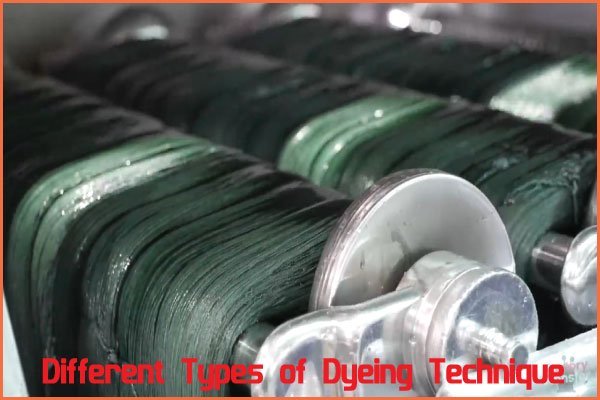

![Continuous Dyeing Method [Thermosol]](https://textileapex.com/wp-content/uploads/2015/02/thermosol-dyeing-machine.jpg)
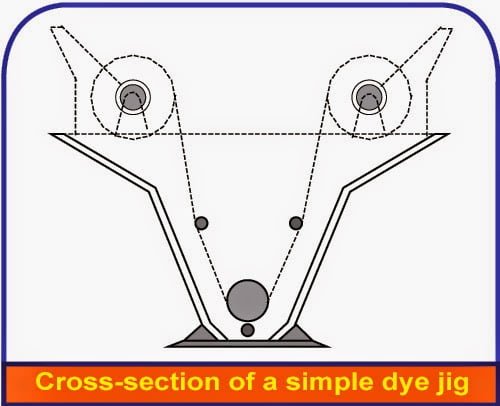
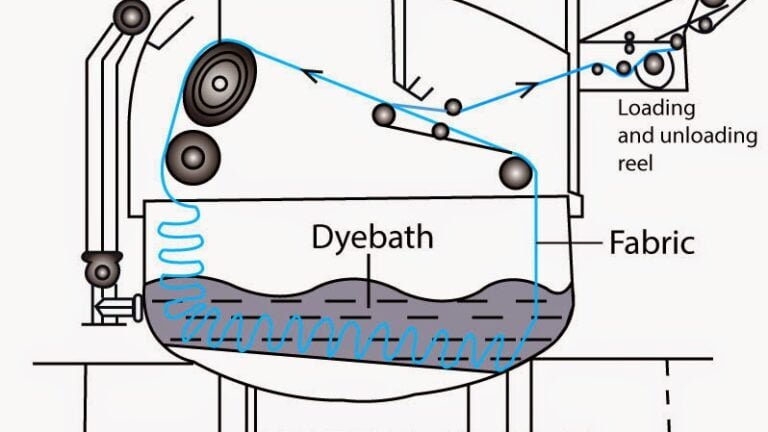
![Dyeing Faults and their Remedies [Video]](https://textileapex.com/wp-content/uploads/2023/08/Uneven-Dyeing.jpg)
